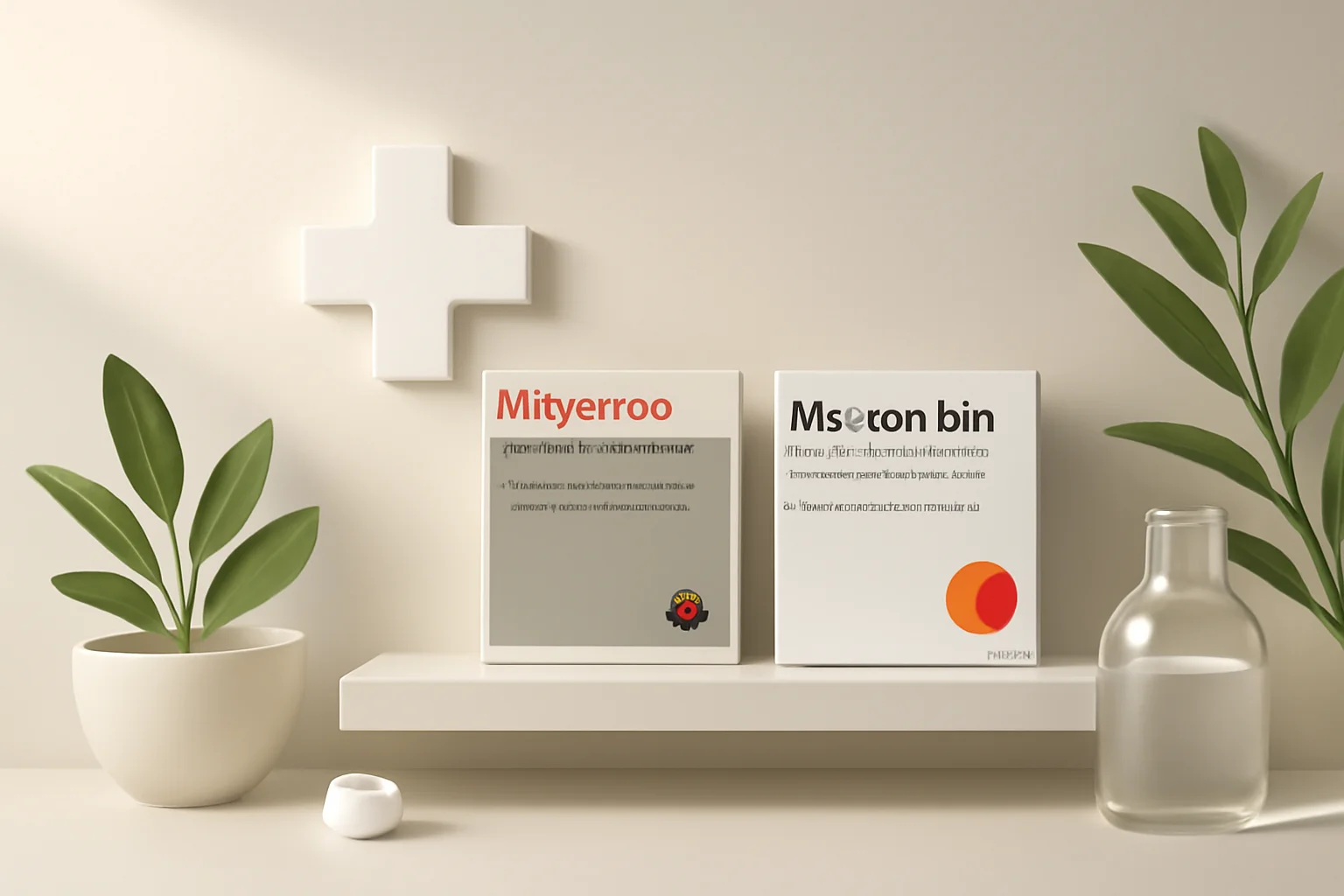
Milgamma and Neurorubin: Why Should You Choose Them?
The modern medicine offers numerous new and effective treatment methods for various health issues. Vitamins and minerals play a particularly important role, as they contribute to the proper functioning of the body. Two popular medications, Milgamma and Neurorubin, are particularly noteworthy, as both contain a combination of B vitamins, especially vitamins B1, B6, and B12. These vitamins are essential for the health of the nervous system and are used in the treatment of various neurological diseases.
Choosing between Milgamma and Neurorubin is not always easy, as both medications have their own advantages and disadvantages. Doctors typically decide which medication is most appropriate based on individual needs and the patient’s condition. Patients often seek information about which medication is more effective and which is best suited for various health problems.
Milgamma: Ingredients and Mechanism of Action
Milgamma is a complex formulation that contains the active ingredients of B vitamins and lidocaine. The B vitamins, especially B1 (thiamine), B6 (pyridoxine), and B12 (cobalamin), are essential for the healthy functioning of the nervous system. These vitamins contribute to the regeneration of nerve cells, improve the transmission of nerve impulses, and help alleviate pain.
Milgamma also contains lidocaine, which has a local anesthetic effect. This combination is particularly useful in treating neuropathic pain, as it not only harnesses the beneficial effects of the vitamins but also contributes to the patient’s comfort through its pain-relieving properties. Patients using Milgamma often report a reduction in pain and an improvement in overall well-being.
The mechanism of action of Milgamma is based on the synergistic effect of the vitamins. Vitamin B1 aids in the precise transmission of nerve impulses, while vitamin B6 promotes the regeneration of nerve cells. Vitamin B12 is essential for the formation of red blood cells and DNA synthesis, which also contributes to proper nervous system functioning.
Thus, Milgamma is a complex solution that is suitable not only for pain management but also for improving neurological conditions. The formulation is particularly recommended for diseases such as diabetic neuropathy, spinal problems, or various nerve pains.
Neurorubin: Ingredients and Areas of Application
Neurorubin is also a B vitamin complex formulation that contains vitamins B1, B6, and B12, but unlike Milgamma, it does not contain lidocaine. Neurorubin primarily focuses on the beneficial effects of the vitamins and does not have a local anesthetic effect. Nevertheless, Neurorubin can also be effective in treating neuropathic pain, as the vitamins it contains help regenerate the nervous system and reduce pain.
One of the main advantages of using Neurorubin is that the vitamins naturally support the nervous system. The B vitamins contribute to cell health and proper energy supply, which is especially important for patients struggling with neurological issues. Patients using Neurorubin often experience a reduction in fatigue and an improvement in cognitive performance.
Neurorubin may be recommended for various neurological conditions, such as neuritis, neuropathic pain, or spinal cord-related problems. Doctors often suggest Neurorubin to patients who suffer from vitamin deficiencies or whose diet does not provide sufficient amounts of B vitamins.
The mechanism of action of Neurorubin is similar to that of Milgamma, but since it does not contain lidocaine, its effect primarily relies on the beneficial effects of the vitamins. Therefore, Neurorubin is also suitable for long-term use, as the continuous intake of vitamins can contribute to ongoing support for the nervous system.
Milgamma and Neurorubin: Which One to Choose?
The choice between Milgamma and Neurorubin often depends on the individual needs of the patient. With Milgamma, faster pain relief can be achieved due to the presence of lidocaine, while Neurorubin relies on the long-term beneficial effects of the B vitamins.
When making a choice, it is essential to consider the patient’s condition and the treatment goals. If immediate pain relief is the objective, Milgamma may be the more appropriate solution. However, if the goal is long-term support with vitamins, then Neurorubin might be the better choice.
It is important to note that it is advisable to consult a physician before using either medication, as the effects of the medications can vary from person to person. Doctors take into account the patient’s medical history, potential drug interactions, and the risk of side effects.
The combined use of Milgamma and Neurorubin is also possible, but this should only be done under medical supervision. Doctors often recommend the combination of vitamins in various treatment protocols to maximize effectiveness and minimize side effects.
Ultimately, both formulations deserve attention, as their wide-ranging applications can improve the quality of life for many patients.
**Warning:** This article does not constitute medical advice. Always consult your healthcare provider for health issues!

